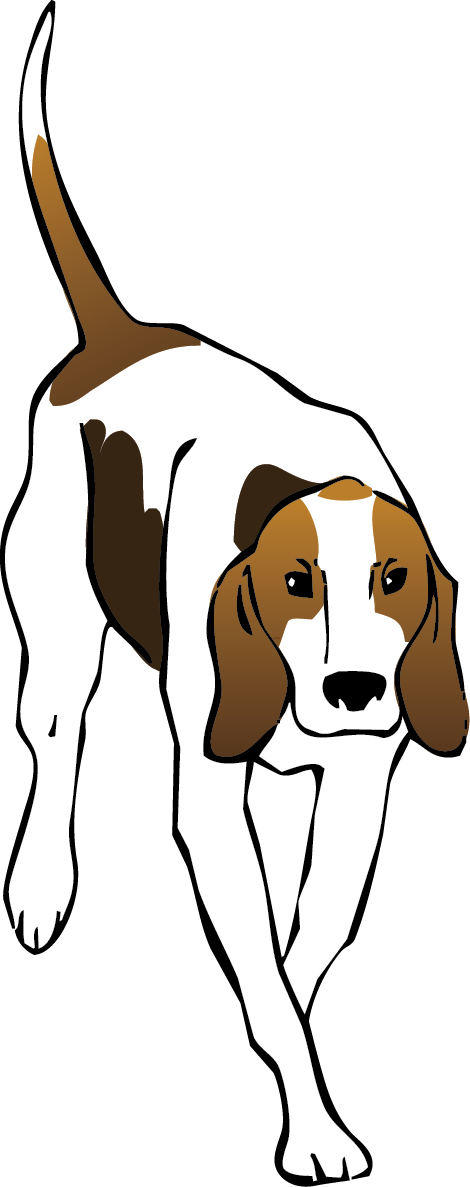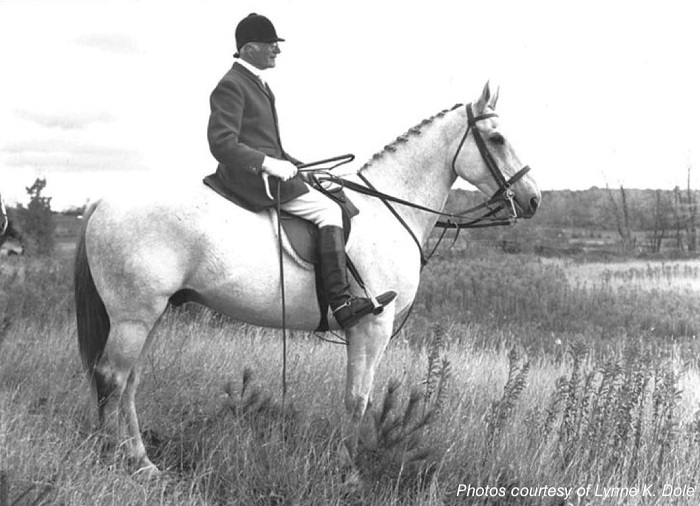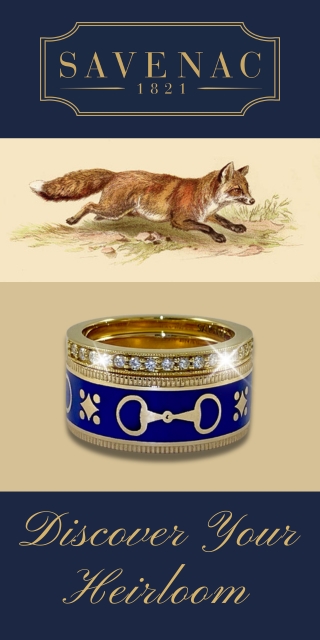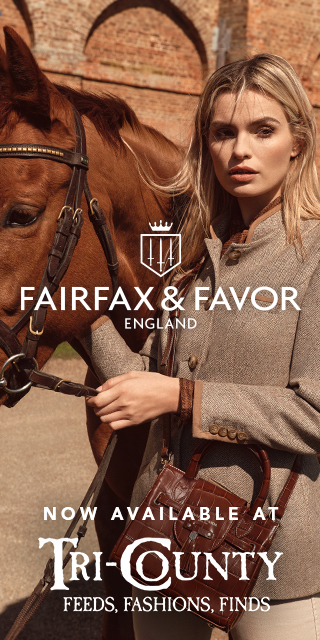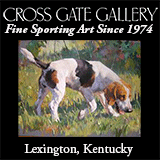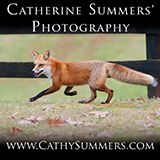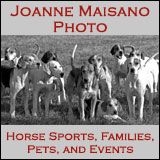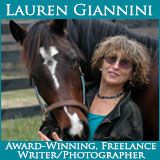Hunting Days of Yore
Ancestors In The Dark
North Downs Way, Kent, England
The light fades fast on a December day in the rolling chalk hills, the centuries-old beech woods, and the ancient countryside of the North Downs in the county of Kent in England. It is Roman country...old Roman country. The Roman presence can still be seen and felt there. Watling Street, now a motorway, was built by the Romans to conduct their chariots from the chalk cliffs of the coast at Dover to old Londinium. London today, of course. Straight as an arrow and solid as the rock foundations on which it was built. In places, you can still see the wheel ruts worn down by the centuries of travel.
Here too, in the well-trodden countryside, ancient history's presence is felt as the Pilgrim's Way meanders through the landscape from Winchester to the Thomas Becket shrine in Canterbury Cathedral. Much of the route of the Pilgrims Way follows an ancient track dating back to 500 BC.
Always Pack a Ham Sandwich
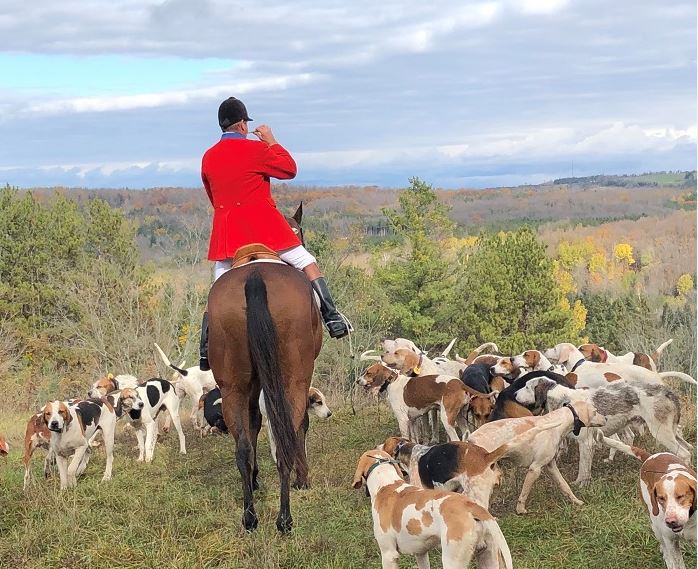 Eglinton and Caledon Hounds with current huntsman, Mark McManus.The Eglinton and Caledon Hounds (ON) have long been noted for excellent live hunting. Drag hunting has been considered on occasions, but the decision has always been made to stay with pursuing the plentiful live coyotes in the hunt club’s southern countryside. It is not surprising then that the one attempt to incorporate some drag hunting with live hunting did not go according to plan.
Eglinton and Caledon Hounds with current huntsman, Mark McManus.The Eglinton and Caledon Hounds (ON) have long been noted for excellent live hunting. Drag hunting has been considered on occasions, but the decision has always been made to stay with pursuing the plentiful live coyotes in the hunt club’s southern countryside. It is not surprising then that the one attempt to incorporate some drag hunting with live hunting did not go according to plan.
The occasion was at one of the meets during the highly successful Ontario Festival of Hunting. The biennial Festival was spearheaded by the late Walter Pady, MFH of the Toronto and North York Hunt with the support of the five Ontario and and Quebec clubs during the 1990s and early 2000s.
Meynellian Science
Hugo Meynell (seated), in his later years, with his huntsman Jack Raven and a favorite hound Glider. / Engraving after a 1794 painting by Charles Loraine Smith
The father of English foxhunting was Hugo Meynell, founder of the Quorn, who began hunting hounds from his Leicestershire seat Quorn Hall in 1753. He developed the science of hunting the fox at speed in the open, made possible by the clearing of forests and the enclosure of land.
Stirrups and Stays: Riding Habits in the 18th Century
James Seymour (British, 1702 - 1752), A Lady and a Gentleman Riding Out, c. 1740, gouache on paper, 5 5/8 x 7 1/8 inches, Yale Center for British Art, Paul Mellon Collection
In the seventeenth and eighteenth centuries, the men of England were assaulted by a new and uncomfortable sight: women in masculine clothing! Even worse, these were upper class ladies, and they had donned cavalry-inspired costume to invade the male-dominated pastimes of riding and foxhunting. These daring women were often called ‘Amazons’ and were sometimes ridiculed for their riding habits. In 1666 Samuel Pepys lamented that, if not for their long skirts, these ladies wouldn’t be recognized as women at all! About fifty years later, Richard Steele satirically suggested that Amazons should “complete their triumph over us, by wearing breeches.”
Henry Goodwin Vaughan, A Founding Father
The Norfolk Hunt (MA) can boast of well-known men of American history throughout its earliest rosters—Louis Brandeis, Justice of the U.S, Supreme Court and Leverett Saltonstall, a three-term Governor of Massachusetts and three-term U.S. Senator—but none of its members so dominated the reputation and future of the hunt as did Henry G. Vaughan. He appeared as a member’s guest in 1900 and three years later was elected MFH, a position he held to acclaim for the next thirty years. He was a complete New England gentleman and one of the founding fathers of organized mounted foxhunting in America.
His was hardly the case of a man arriving at a backwater village and uplifting the native savages. Vaughan arrived in Boston from a small town in Maine by way of Harvard University into the midst of the Boston Ames, Cabots, Forbes, Peabodys, Perkinses, and Saltonstalls to be not only embraced, but feted, revered, and almost deified.
Major Charles Kindersley and the Modern English Foxhound
Virtually every coop, bridge, landmark, or covert in the Belle Meade Hunt foxhunting country (GA) has a name, so that huntsman, mounted whippers-in, and road whips can accurately and concisely communicate the location and direction of hounds by radio for their safety. What does this have to do with the late Major Kindersley, MFH of Ontario's Eglinton and Caledon Hunt? Only that one of the coops very often in the middle of the hunting action at Belle Meade is named “Major Kindersley’s Coop,” and virtually everyone who has hunted at Belle Meade is familiar with the name. But what do many of today's younger foxhunters know of the man? Here's the Major's story.
Charles Kindersley was born in Dorset, England, in 1900, and grew up with the traditional family pony in the South Dorset hunting country. When World War I broke out, the nearby army camp had to give up its beagle pack. The hounds were rescued by the local vet who, after seeing Charles’ interest, let him hunt the pack. This bit of experience would turn out to be highly valuable to the future Eglinton Hunt in Ontario, Canada.
Bowerman the Hunter: A Story for Halloween
Bowermans Nose, Dartmoor, UK
On Dartmoor, in days of yore—even before Sherlock Holmes’s Hounds of the Baskervilles roamed that fog-swept moor terrifying young readers—a tall, strong man with a sunny disposition lived and hunted his hounds. Kindly and personable, Bowerman the Hunter, was a popular man on the moors, according to legend. He was often seen drawing across Dartmoor with his pack of hounds, reputed for relentless pursuit of their quarry.
His day was a time of witchcraft, and Bowerman’s neighbors on Dartmoor believed that witches congregated in secluded, remote areas of the moors to perform their spells. The villagers shunned such places, but the affable Bowerman laughed off all talk of such superstition and hunted the country wherever he liked.
Potomac Hunt Helps Chevy Chase Club Celebrate 125th Anniversary
An historical thread runs back in time from the Potomac Hunt (MD) to the Washington Riding and Hunt Club (est. 1913) to the Chevy Chase Club (est. 1892) to the Dumblane Club (est. 1885) to the Washington Hunt (est. 1828). Only the Potomac Hunt and the Chevy Chase Club survive. The latter is celebrating its 125th Anniversary, and the Potomac Hunt was there with horses and hounds on October 1, 2017 to mark the occasion. What follows is taken from the remarks of Knight Kiplinger, who explained the club’s foxhunting roots to its current members.
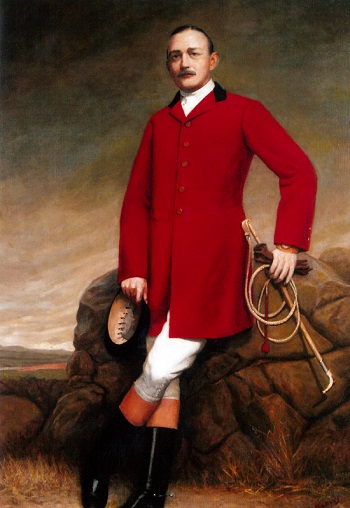 Clarence Moore was MFH of the Chevy Chase Club from 1899 to his death in the waters of the Atlantic in 1912. "A man of staggerying wealth," Moore was bringing foxhounds back from England when the Titanic struck an iceberg and sunk. He perished after remaining aboard to help women and children into lifeboats. / Image courtesy of the Chevy Chase ClubGood morning. I’m Knight Kiplinger, and it is my privilege to be a member of both the Chevy Chase Club and the Potomac Hunt, which are collaborating today in presenting this exhibition of foxhunting here on our Club grounds. The reason that our celebration with horses and hounds is so appropriate is because the Chevy Chase Club was first founded as a foxhunting club.
Clarence Moore was MFH of the Chevy Chase Club from 1899 to his death in the waters of the Atlantic in 1912. "A man of staggerying wealth," Moore was bringing foxhounds back from England when the Titanic struck an iceberg and sunk. He perished after remaining aboard to help women and children into lifeboats. / Image courtesy of the Chevy Chase ClubGood morning. I’m Knight Kiplinger, and it is my privilege to be a member of both the Chevy Chase Club and the Potomac Hunt, which are collaborating today in presenting this exhibition of foxhunting here on our Club grounds. The reason that our celebration with horses and hounds is so appropriate is because the Chevy Chase Club was first founded as a foxhunting club.
Not as a golf club, like Washington Golf in Arlington, which is two years younger than we are but was founded for golf. Not as a tennis club, although tennis came to Chevy Chase in 1895, just three years after our founding. Our club was founded by gentlemen members of the Metropolitan Club downtown, who rode horses for pleasure and for sport. For the first three or four years after the Club’s founding in 1892, its sole activity was riding to hounds across the vast expanses of rural northwest D.C. and Montgomery County, Maryland.
Purrfec’ Granary: Part 2
Back in the 1950s, Deirdre and her friend Sarah, both just nineteen, came to America. The pair had left Britain, where post-war ration books were still in use for food, petrol, and clothing. Sarah was to train horses and riders for Jamie Kreuz at Bryn Mawr Farms outside Philadelphia. Deirdre was to work for the Insurance Company of North America in Philadelphia and help Sarah on weekends. What follows is Part II of their adventures with Perfec’ Granary. Click for Part I, or type the author’s name in the Search box for more of her stories.
Illustration by Rosemary Coates
Because I loved Granary, Sarah let me exercise her daily. At this time we were experiencing some freezing autumn days, so just going out at all required a gritty determination. One thing with Granary—she had the ability to actually run away whilst merely walking along the road. She would walk faster and faster and a tug on the reins would only slow things momentarily. To make matters worse, her 'walk-ability’ made it difficult to go out exercising with another horse, the sheer pace of keeping up with her exhausting the others. This 'power-walking' classed her as 'unstoppable' a lot of the time.
A Christmas Day Hunt on Old Cape Cod
Born in Shanghai, China in 1870, the author of this story crossed the Pacific Ocean with his sea-going father three times by the age of four. A goat was carried aboard ship to provide him with milk. Nason Hamlin was the first recording secretary of the Norfolk Hunt and a member of the field on Norfolk’s first day with hounds in 1896. He took to hunting and polo with exuberance, but his hand-written records are more often expressed in seaman’s jargon than in the language of foxhunting. Here’s Hamlin’s record (abridged) of a Christmas Day live hunt on Cape Cod (pp 27–29, "The Norfolk Hunt: One Hundred Years of Sport" by Norman Fine).
Soapy Sponge, my new dappled-gray runaway, was yet to demonstrate his worth. On Christmas morn, 1899, just as the sun was peeping over the hill, Captain Samuel D. Parker, MFH was hunting the hounds at Eastham, away down on Cape Cod. It was a frosty, sharp morn and hounds were thrown in at the swamp lands fringing the ponds on the bay-side somewhere opposite Billingsgate Island. Shortly we heard a whimper from one hound, and almost immediately the pack took up the find and crashed away in the direction of the shore.
